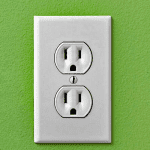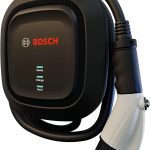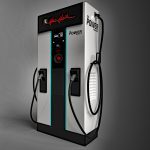The comparatively quick, very handy method to maintain your EV charged.
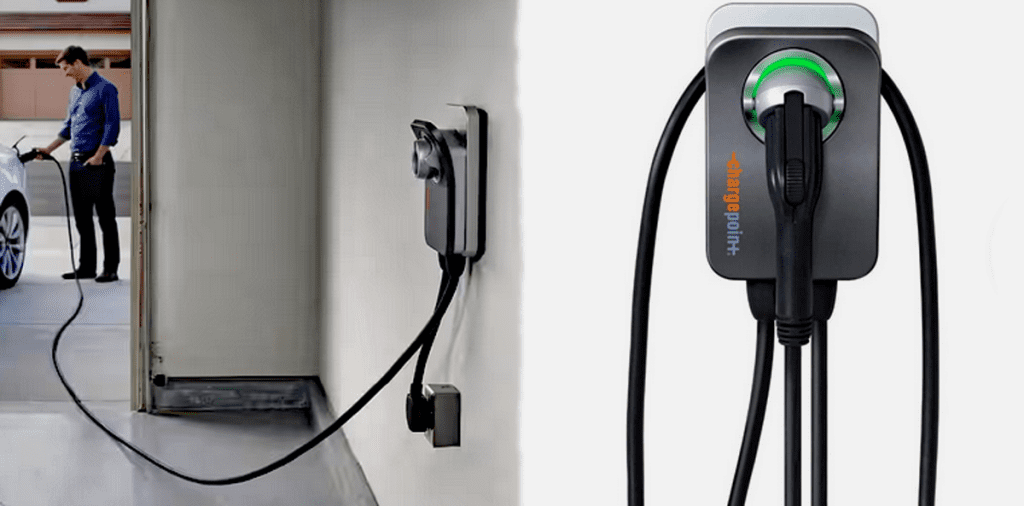
When you’ve got even briefly take into account buying an electrical car (EV), you might be seemingly conscious that there are three main strategies of charging. You may plug your EV into an everyday wall outlet, which may be very gradual, however efficient. That is known as degree 1 charging. You can too drive your EV to a public charging station. Public charging is the quickest methodology of replenishing your EV’s battery, although it’s also the most costly. Public charging is also known as degree 3 charging.
Extra electric-car information and critiques
What’s Stage 2 Charging?
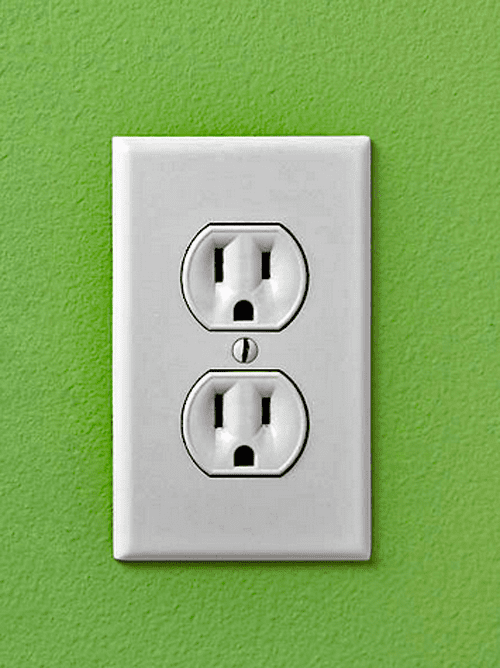
However for many EV house owners, the simplest method to maintain an electrical automobile or truck charged is house charging, referred to as degree 2. By way of pace, level-1 and Stage-3 charging signify time-commitment extremes. Charging at house utilizing only a wall outlet, the cost price will probably be about one kilowatt (kW). Meaning charging a largely depleted 60-kilowatt hour (kWh) battery to full would require nearly 60 hours. For many EV house owners, this isn’t a sensible choice.
Stage-3 public chargers—additionally know merely as “quick chargers,” or “DC quick chargers”—present as a lot as 350 kW of energy, although most are within the 50-150 kW vary. A level-3 charger can “prime off” a 60-kW battery in as little as 20 minutes. We are saying prime off, as a result of it is strongly recommended by most EV makers to not quick cost a battery past 80 p.c of capability. It’s because quick charging slows down considerably at about 80-percent capability, and since frequent quick charging past 80 p.c can shorten a battery’s helpful life. Notice that at as much as 50 cents per kWh, level-3 charging may be very costly relative to house charging, which generally runs between 15 and 25 cents per kWh.
For many EV house owners, degree 2 charging represents the best and most inexpensive charging. Stage-2 charging combines the affordability of level-1 charging with among the pace of level-3 charging, plus the comfort of at-home entry.
Stage-2 House Charging
Most consultants agree that proudly owning an EV means putting in a house charger. Whereas house charging isn’t particularly quick, it’s a lot quicker than simply plugging right into a wall outlet, and extra handy and inexpensive than level-3 charging.
Whereas most level-2 house chargers are rated to supplied between 6.6- and seven.2 kW of energy, there are quicker methods, although the quicker models usually require extra energy than many properties are designed present.
Charging an almost depleted 60-kWh battery would require about six hours utilizing a level-2 charger, that means that almost all EVs could be utterly charged in a single day—which is when most EV charging is known to happen.
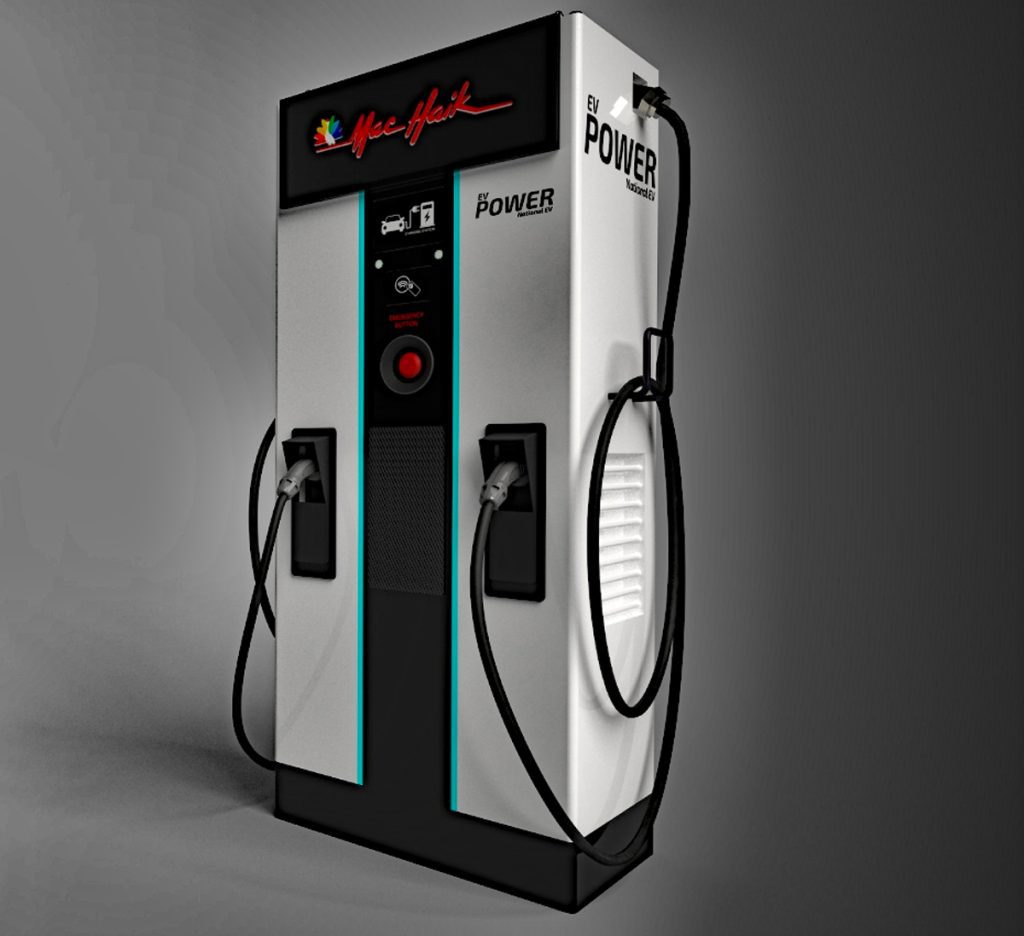
What You Want
Whereas level-2 charging is comparatively easy to make use of, putting in a charger takes just a little money and time. Right here’s what you want:
A Charger
Chargers are the interface between your family vitality provide and your car. They are often quite simple—together with only a rudimentary readout and a cost cable—or extra elaborate, and permit for options together with app-controlled pre-scheduled charging, and price monitoring. Chargers value as little as $500, and run as much as $2000. Think about this a one-time value, because the Client Information level-2 charger has been working with out bother for 15 years.
An Electrician
Except you’ve a 40-amp, 220-volt outlet already in place, you’ll need to rent knowledgeable to put in your charger. What you want is a direct line—on a separate circuit—out of your fuse field to the place of set up. This may be very simple within the case of newer dwelling, and sadly sophisticated within the case of some older homes, particularly these with lower-amperage service. You should definitely get a few estimates for the work. Installations usually vary from round $1000-$5000, with a lot of the simpler initiatives coming in round $1500.
Not Able to Go Electrical? No Worries. Right here’s Why:
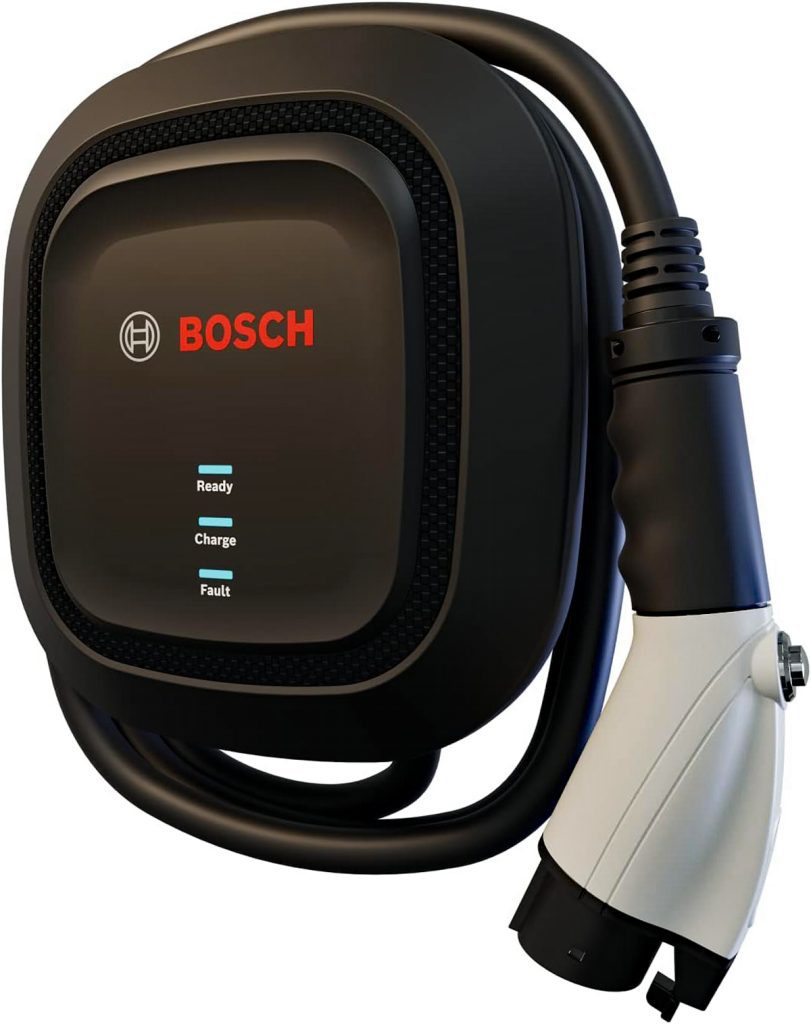
A Place to Cost
You’ll want to determine probably the most handy place to find your level-2 charger, as transferring the unit generally is a complicate affair. Most EV house owners choose a devoted place of their storage, although as we famous above, an exterior location might serve some people higher. Consider, the charger location will dictate the place you’ll seemingly most-often park your electrical car. Notice, too, that the situation of the charging ports on EVs are frustratingly inconsistent, showing on the entrance, rear, or any of the quarter panels relying on the make and mannequin EV you buy.
If you understand the make and mannequin of the EV you might be buying, chances are you’ll need to find your charger in accordance with the charge-port location on that car.
Closing Ideas…
Putting in a level-2 charger is among the main hurdles to EV possession, however take into account just a few issues earlier than dismissing the method out of hand: As soon as put in, your charger will seemingly final for many years. Putting in a charger is mostly a one-time value and inconvenience. Additionally, the price of set up could also be offset by native tax credit. You should definitely see if town and/or state you reside in affords such incentives. Lastly, an working level-2 charger will enhance the worth of your private home. House consumers will more than likely to be glad the work of putting in a charger has already been accomplished.
Take heed to the Automotive Stuff Podcast
EV Charging Gallery
(Click on beneath for enlarged photographs)
What’s Stage 2 Charging?
What’s Stage 2 Charging?



